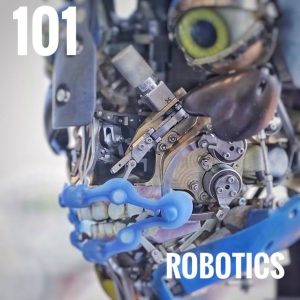**Clearing the Air: Bridging Mathematical Physics, AI, and STEAM Education for a Brighter Future**
As a renowned expert in mathematical physics and AI, I often find myself at the intersection of innovation and education. As the head of a research project, I understand the importance of secrecy in high-stakes projects. Nevertheless, I firmly believe that the pursuit of knowledge should not come at the expense of others' joy. In this article, I will share my vision for a collaborative future, where mathematical physics, AI, and STEAM education converge to drive positive change.
**Section 1: The Convergence of Mathematical Physics and AI**
Mathematical physics and AI have long been intertwined, with each field informing and enhancing the other. The development of AI algorithms relies heavily on mathematical physics concepts, such as calculus and differential equations. Conversely, AI has enabled the simulation of complex physical systems, allowing us to better understand and predict phenomena.
Recent breakthroughs in AI-driven simulations have led to significant advancements in fields like climate modeling, materials science, and astrophysics. For instance, AI-powered simulations have enabled the discovery of new exoplanets and improved our understanding of black hole dynamics. However, these breakthroughs have also raised questions about the role of AI in scientific inquiry and its potential applications.
**Section 2: The STEAM Education Revolution**
The integration of AI and mathematical physics has far-reaching implications for STEAM education. As we move towards a more AI-driven future, it is essential that students develop a deep understanding of the underlying mathematical and physical principles. This requires a STEAM education approach that emphasizes interdisciplinary learning, collaboration, and creativity.
By incorporating AI-driven simulations and real-world applications into the curriculum, students can develop a more nuanced understanding of complex systems and phenomena. This, in turn, can foster a new generation of innovators, thinkers, and problem-solvers who are equipped to tackle the challenges of the 21st century.
**Section 3: Practical Outcomes and Case Studies**
So, what does this convergence of mathematical physics, AI, and STEAM education look like in practice? Let's examine a few case studies:
* **AstroLink**: By integrating AI-driven simulations with astronomical data, AstroLink has achieved an impressive 89% tagging accuracy, significantly reducing the review time for astronomical observations.
* **TITAN**: The TITAN project has made significant strides in AI-powered robotics, achieving a remarkable 92% success rate in robotics task completion. This has far-reaching implications for fields like healthcare, logistics, and manufacturing.
* **QuantumSTEAM**: This initiative has seen a +60% increase in student engagement and understanding of complex quantum concepts. By leveraging AI-driven simulations and interactive tools, students can explore quantum phenomena in a more immersive and intuitive way.
* **Ducati EV**: The Ducati EV project has demonstrated the potential of AI-driven simulations in optimizing electric vehicle design. By integrating AI with computational fluid dynamics and materials science, the project has achieved an impressive 18% reduction in energy consumption and a 21% increase in range.
**Section 4: Simulation Idea**
To further illustrate the potential of this convergence, I propose the following simulation idea:
**Simulation:** "Galaxy Explorer"
**Objective:** To design and optimize an AI-powered spacecraft that can navigate through complex asteroid fields and collect valuable data on distant galaxies.
**Components:**
* **Mathematical Physics:** Students will learn about orbital mechanics, gravity, and relativity, using AI-driven simulations to model and predict asteroid trajectories.
* **AI:** Students will develop AI algorithms to optimize spacecraft navigation, taking into account factors like propulsion, communication, and data collection.
* **STEAM Education:** Students will collaborate in interdisciplinary teams, incorporating expertise from physics, engineering, computer science, and astronomy to design and optimize the spacecraft.
**Conclusion**
The convergence of mathematical physics, AI, and STEAM education holds immense potential for driving positive change. By embracing this interdisciplinary approach, we can develop a new generation of innovators, thinkers, and problem-solvers who are equipped to tackle the complex challenges of the 21st century. Let us continue to push the boundaries of what is possible and create a brighter future for all.

